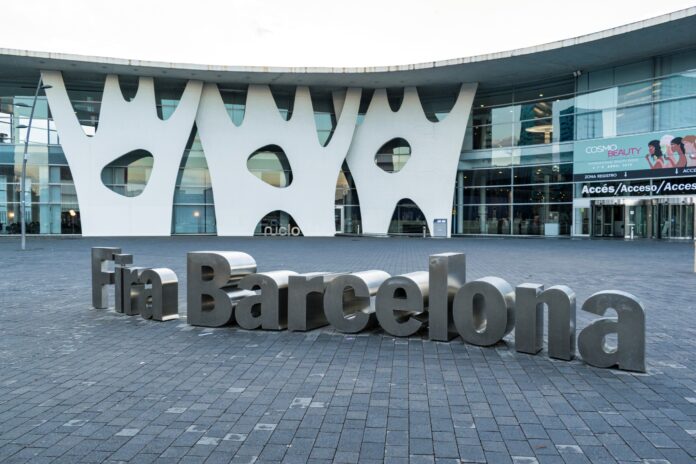The companies signed a Memorandum of Understanding at Mobile Work Congress 2023
MWC, BARCELONA – Taiwanese operator Chunghwa Telecom and Ericsson have agreed to align their efforts around 5G Advanced and 6G, with a particular focus on bringing more energy-efficient networks to the private wireless market.
A Memorandum of Understanding (MoU), signed at Mobile World Congress, outlines short-term and long-term goals of the partnership. Initially, the pair want to accelerate the commercialization of standalone 5G (5G SA) and some of the most touted capabilities that come with – notably end-to-end network slicing.
Long term, the companies plan to jointly participate in the standard development of 5G Advanced and future 6G systems. “This is to ensure the evolving 3GPP standard can meet the requirements of future communication scenarios,” said Ericsson in a statement.
5G Advanced, presented as a second phase of 5G, will bring certain innovations. It is expected to improve speed, coverage, mobility, and power efficiency. 3GPP approved its Release-18 package at the December 2021 RAN plenary meeting. The package includes 27 work items to boost network performance and address new use cases. In particular, it features work on embracing AI and ML technologies in future cellular networks.
Taiwan-based Chunghwa Telecom has also adopted a centralized radio access network (C-RAN) architecture for its island-wide 5G network; Ericsson will provide solutions from its network portfolio to help it on its RAN cloudification journey.
Shui-Yi Kuo, president of Chunghwa Telecom, said: “The mobile network plays an essential role in realizing environmental sustainability on the path to Net Zero. As the leading telecom operator in Taiwan, we are endeavoring to provide the optimal mobile services with premium network quality, while driving the network evolution for the future and foster new use cases to create value for our customers and bring positive revenue streams.”
The pair have also demonstrated a sustainable network use case at the show that, according to them, shows it’s possible to increase performance while reducing operational cost. CHT deployed Ericsson’s energy-efficient Massive MIMO radios, which resulted in more than 30% of energy saving while improving downlink throughput by 6%-8%, said Ericsson.

